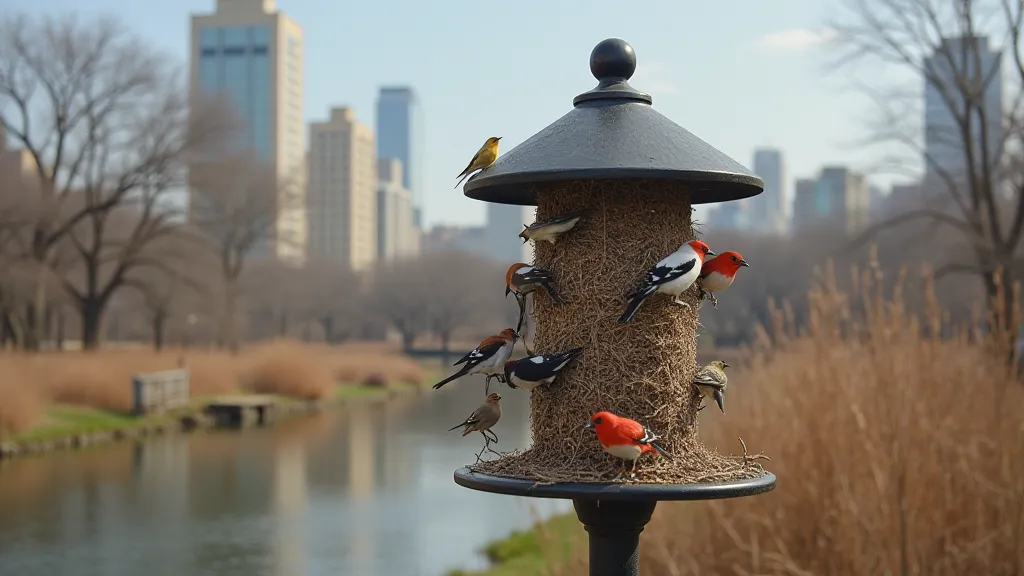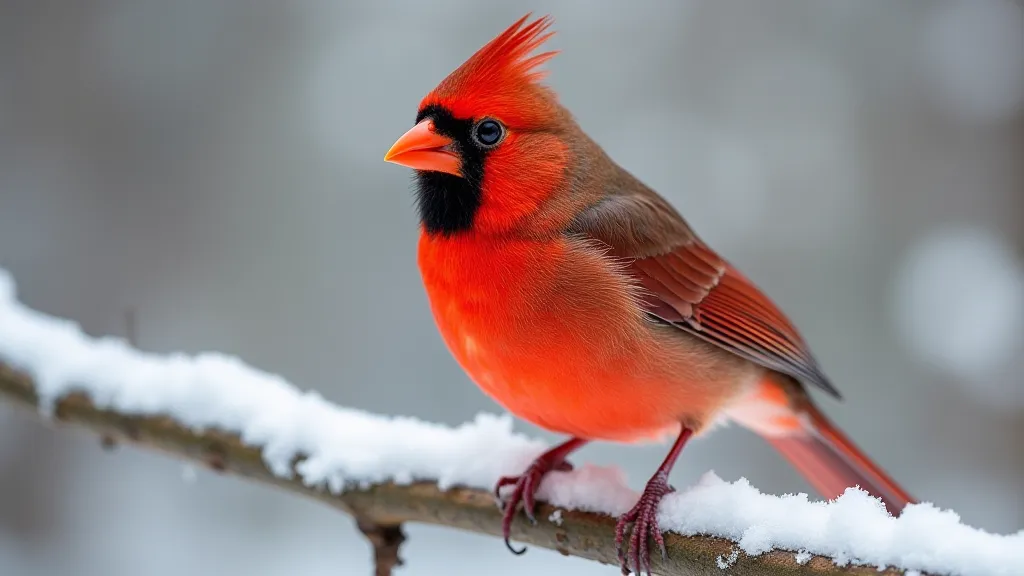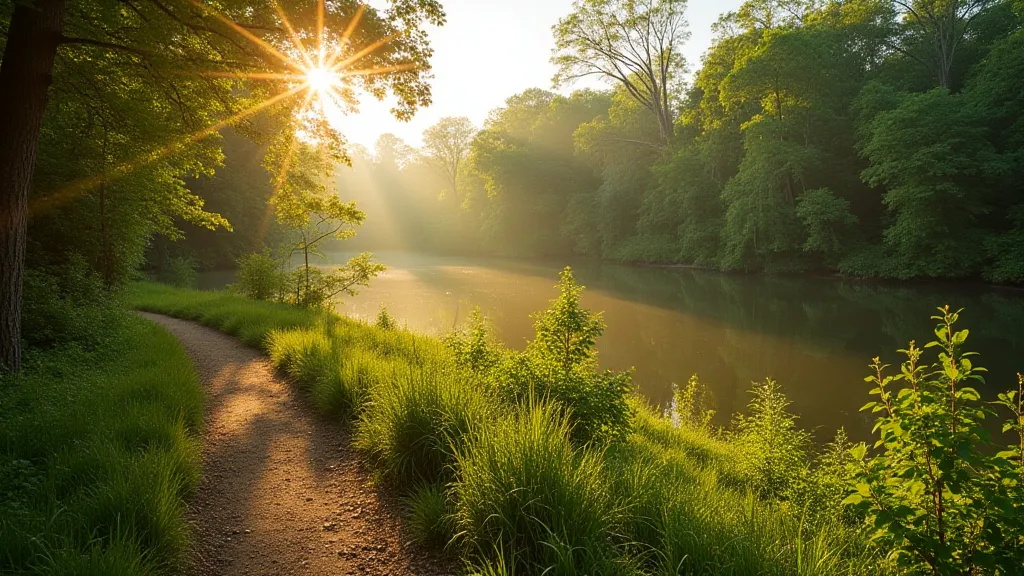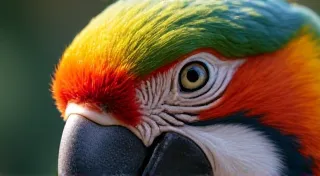Urban Birding: Finding Feathered Friends in the Chicago Metropolitan Area
Bird watching isn't just for remote wilderness! Many people imagine sprawling forests or quiet mountain ranges when they think of birding, but the truth is, a surprising abundance of feathered friends can be found right within the Chicago metropolitan area. Whether you're a seasoned birder or just starting out, Chicago offers a range of accessible and rewarding birding opportunities. This article will highlight some prime locations and offer tips for a successful urban birding experience.
Prime Birding Locations in the Chicago Area
Let’s explore some of the best places to connect with local birds in and around Chicago:
- Montrose Point Bird Sanctuary: This iconic sanctuary, located on Chicago’s north side, is a true oasis for birds. It boasts diverse habitats, including woods, marshes, and a small lake. During migration seasons (spring and fall), the point is a magnet for warblers, vireos, and other migratory species. Year-round residents like Cardinals and various waterfowl are also common.
- Busse Woods Forest Preserve: Situated in Elk Grove Village, Busse Woods offers a more expansive woodland setting. This preserve is known for its diverse birdlife, including woodpeckers, owls, and a variety of songbirds. The trails are well-maintained and suitable for birders of all skill levels.
- Lincoln Park: This sprawling park offers a mix of grassy areas, gardens, and the Chicago shoreline, attracting a wide array of birds, particularly waterfowl. Keep an eye out for ducks, geese, and herons.
- Midlothian Reservoir: A great spot for waterfowl, this reservoir provides a vital habitat for many duck species, as well as opportunities to observe other birds of prey.

Common Bird Species to Spot
While the bird species you encounter will vary depending on the season, here are a few common birds you’re likely to see in the Chicago area:
- Northern Cardinal: A striking red male Cardinal is a welcome sight! They are year-round residents and readily visit bird feeders.
- Mourning Dove: Easily identified by their distinctive, mournful coo, Mourning Doves are abundant throughout the area.
- American Robin: A familiar sight in parks and gardens, the American Robin is a quintessential sign of spring.
- House Sparrow: This introduced species is widespread and adaptable, often found in urban environments.
- Various Waterfowl: Ducks, geese, and swans are commonly seen at lakes and ponds throughout the Chicago metropolitan area.

Tips for Successful Urban Birding
Birding in an urban environment presents unique challenges, but with a few adjustments, you can maximize your experience:
- Minimize Disturbance: Birds are easily startled, especially in urban settings. Move slowly, speak quietly, and avoid sudden movements.
- Listen Carefully: Many birds are more easily heard than seen. Practice identifying birds by their songs and calls. Consider using a bird song identification app.
- Be Aware of Your Surroundings: Pay attention to traffic, pedestrians, and other potential hazards.
- Dress Appropriately: Wear comfortable clothing and shoes suitable for walking.
- Use Binoculars: A good pair of binoculars is essential for observing birds at a distance.
- Consider Time of Day: Early morning is often the best time to see birds, as they are most active then.

Conclusion
Don't underestimate the bird watching opportunities that exist right in your backyard! The Chicago metropolitan area provides a surprisingly rich and diverse habitat for a wide variety of birds. By following these tips and exploring the locations highlighted, you can enjoy the rewarding experience of urban birding and connect with nature, even in the heart of the city.





